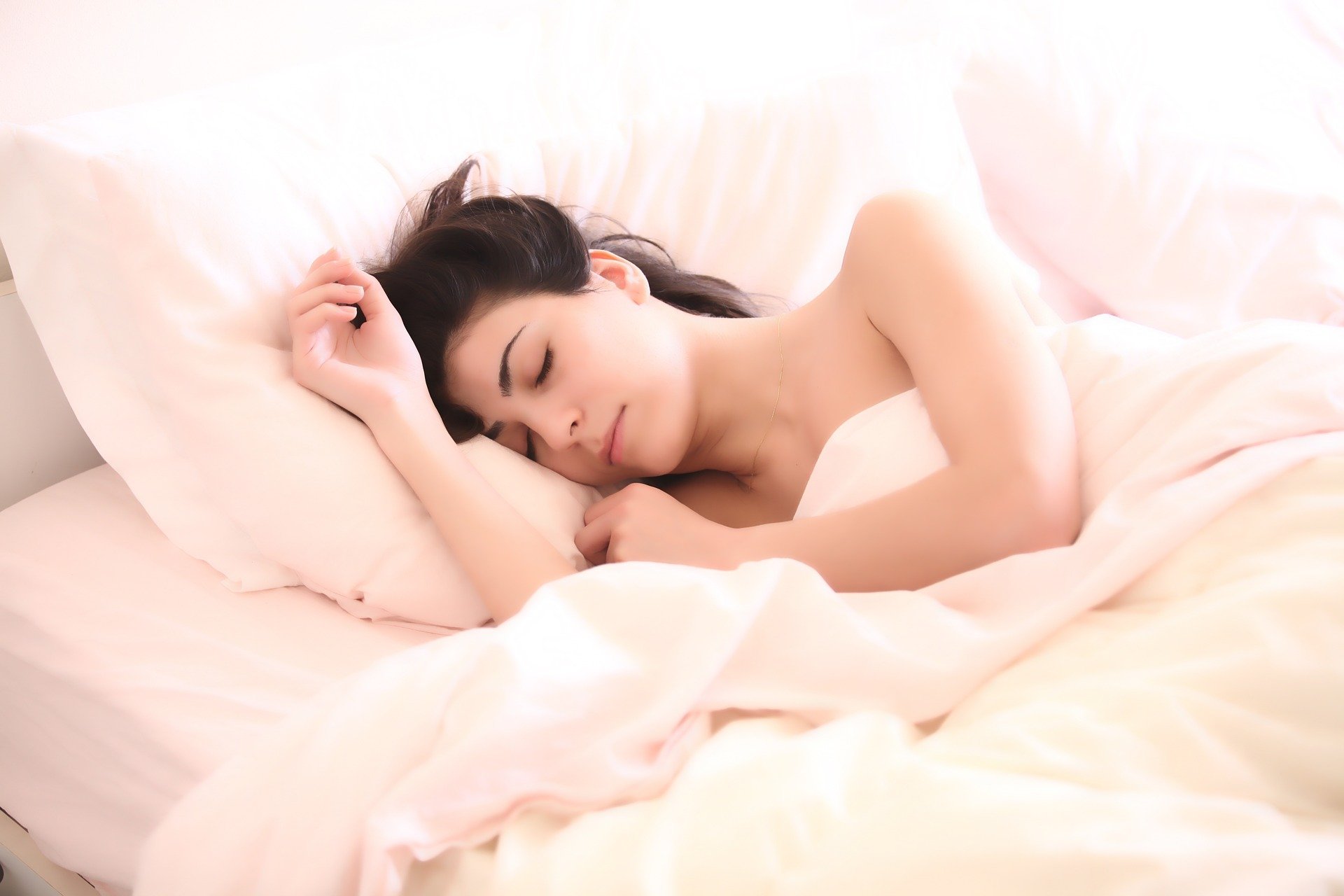Although people of all ages may experience sleep paralysis (SP), adolescents and young people are more likely to suffer from this disorder. Episodes can be triggered by daytime stress, fatigue, or a disrupted sleep schedule. Popular signs of SP are pressure on the chest and fear brought on by feeling trapped in your own body. However, people often fall into a normal sleep after an episode without fully waking up.
Researchers from India—Dhande, Surti, and Kolge—studied the influence of lifestyle and knowledge about sleep paralysis on this experience. They conducted a survey, which attracted 370 people. On average, about two-thirds of the participants confirmed that they were aware of this condition.
The study’s main conclusion was that a regular sleep schedule and getting a full night’s rest are key to avoiding the symptoms of SP. As their main recommendation, the scientists call on sufferers to maintain a sleep regime. The survey also showed that sleep paralysis is often preceded by nightmares: about 70% of participants noted this connection.
Sleep paralysis is one of the phase states, which also include lucid dreams, out-of-body experiences, etc. As such, the symptoms of SP can sometimes lead to other phase states.
Knowing that, would you prefer to continue experiencing sleep paralysis or get rid of it?
The article was published in March 2022 in the journal Annals of Pharma Research.




